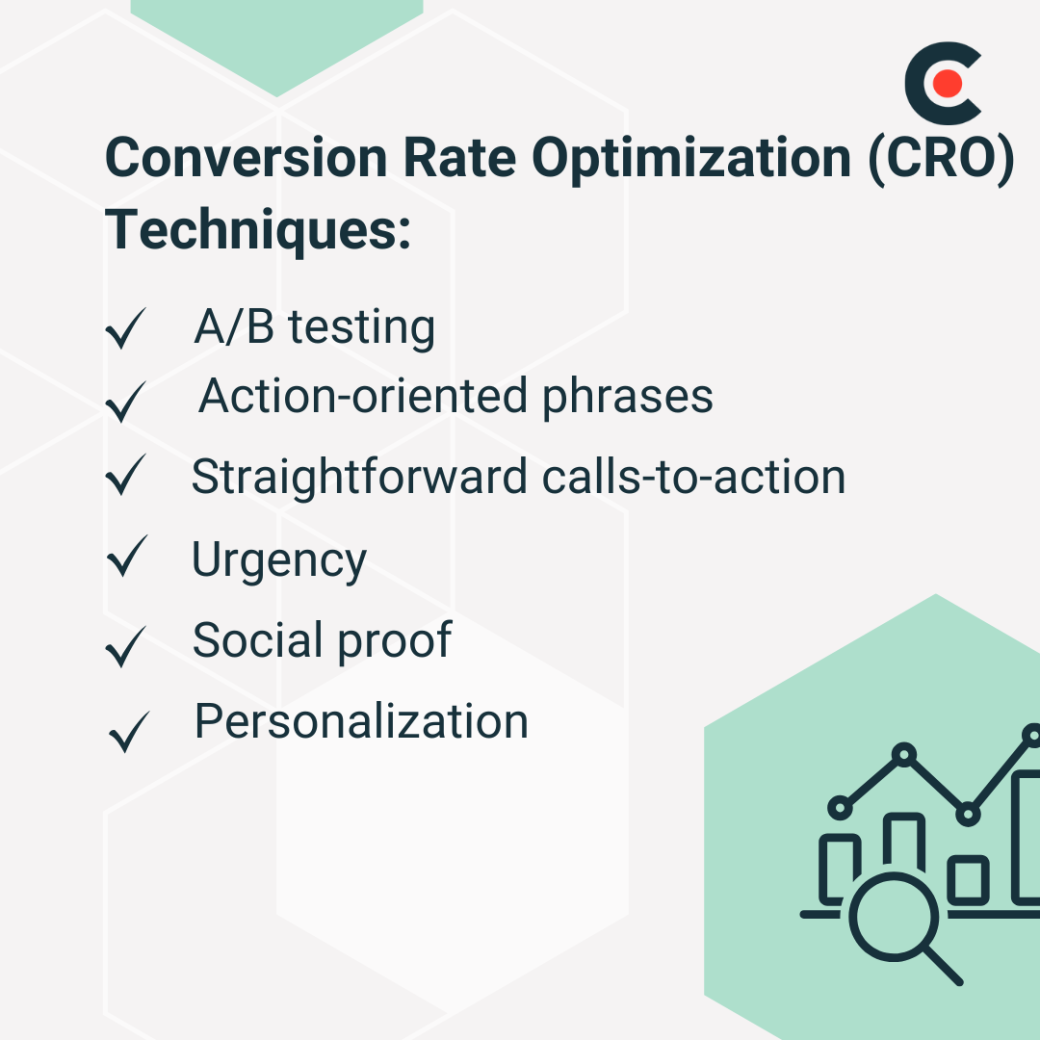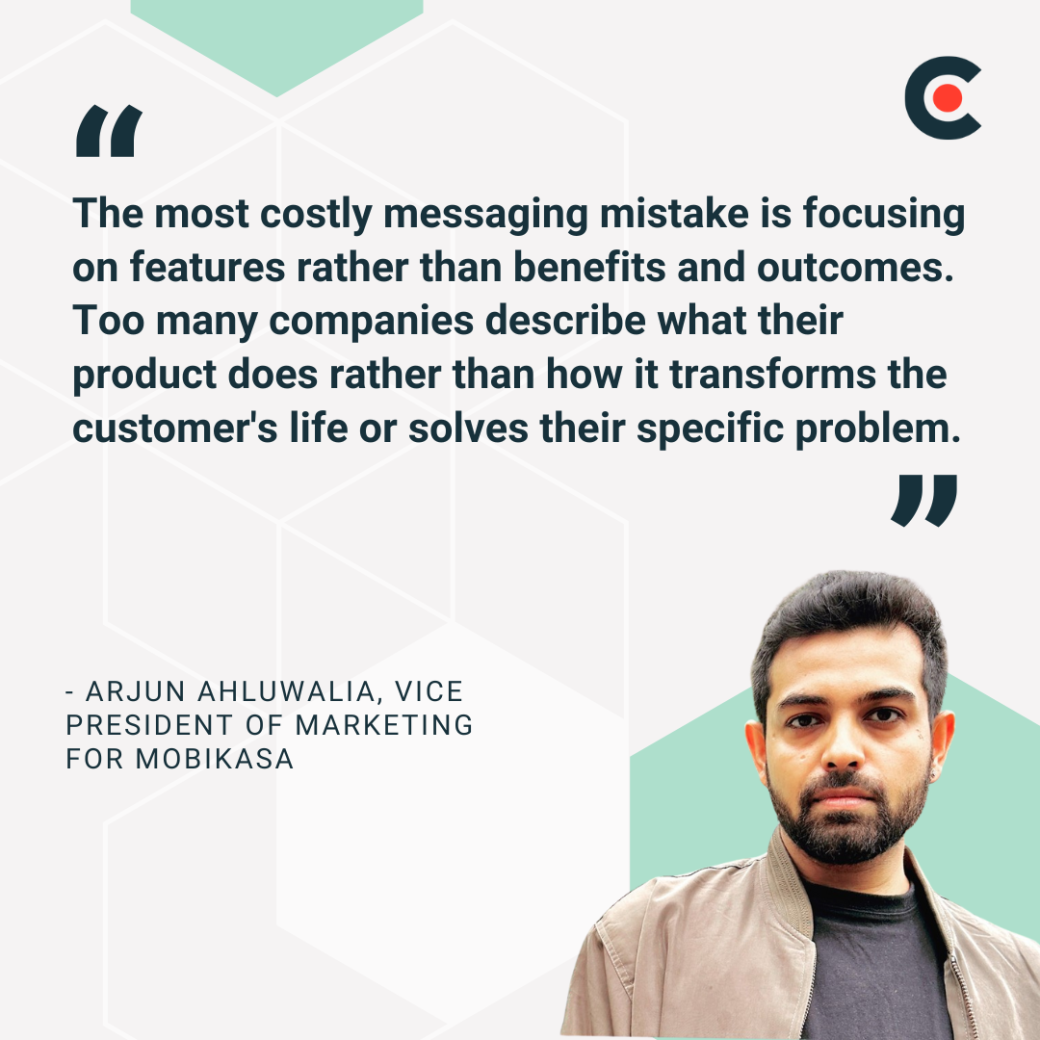

Updated May 16, 2025
Driving traffic to your site is only half the battle. Without a strong conversion rate, even high visitor numbers won’t translate into revenue or business growth. Optimizing your site to convert more visitors into customers means making the most of the traffic you already have.
Conversion rate is a key metric that shows the percentage of website visitors who actually make a purchase or take other last steps of a customer journey, such as signing up for a newsletter. It measures how effectively your site turns traffic into actual results.
While traffic is essential, the true value of your website is in its ability to convert that traffic into customers. In fact, the determining factor for your business's growth could lie in the difference between high traffic and strong conversions.
Looking for a Web Design agency?
Compare our list of top Web Design companies near you
Thankfully, increasing conversion rates doesn't require more traffic or increased ad spend. Instead, you can optimize what you already have. In this article, we'll explore proven strategies to enhance your website's conversion rate and turn more visitors into loyal customers, all while maximizing your existing resources.
The simplest way to define conversion rate is the number of people who take a desired action on your website — whether that is buying something, filling out a form, or booking a discovery call — divided by the total number of website visitors.
However, you might need to look beyond the number of purchases. Tomás Gouveia, a digital marketer at Significa, explains that "analyzing conversion rates entails monitoring various metrics: conversion rate, bounce rate, average session duration, and device performance."
The actual value of the conversion rate will vary widely depending on your business. Arjun Ahluwalia, Vice President of Marketing for Mobikasa, says that "a good conversion rate varies significantly by industry, product type, price point, and traffic source."
Instead, he recommends focusing "on historical data and consistent improvement" to gauge how your site's conversion rate is performing. Even if the conversion rate percentage is lower than in another industry, it's a good sign if your conversion rate is improving month over month.
The type of conversion also matters. A conversion could be a sale, downloading something, filling out a lead form, subscribing to an email list, or simply clicking a button or link.
The following tools help measure different conversion rates:
Website conversion rate optimization (CRO) is a holistic effort that requires attention throughout a website. Here's how to do it.
Start by making your website look and feel conversion-ready. It should be easy for users to find what they're looking for so they can reach the intended goal.
Gouveia explains how they optimized conversions for a project inquiry form by simplifying the user experience (UX). "Initially, the form had multiple fields to collect extensive client details upfront. The CRO approach included simplifying the form to essential details and communicating the benefit."
To simplify the UX, friction must be eliminated from critical areas like the homepage, product or services page, check-out or sign-up page, and blog pages. For example, make CTA buttons prominent on the landing pages. On the check-out pages, keep the process simple and quick. Use progress bars to let users know how many steps remain.

Some tried-and-true CRO techniques work almost every time, including A/B testing. This technique allows you to compare two versions of a page with a single differentiator and determine which is more effective for conversion.
Ahluwalia shares some results from A/B tests he has led for a business's website. "Showing '$587' vs. '$587.00' increased conversions by 9% for premium products, contradicting the common assumption that decimal points add precision and credibility." Similarly, he says that "action-oriented phrases like 'Get Mine Now' vs. 'Add to Cart' revealed that possessive language can increase clicks by up to 24% in certain product categories."
Gouveia also recommends using A/B tests since that's how they found that their "users preferred straightforward calls to action (e.g., 'Start your project')" rather than generic language.
When creating CTAs, you should also generate a sense of urgency to encourage a response. For example, you can add a countdown timer for offers.
Another effective technique is demonstrating social proof. Around 42% of consumers regularly read online reviews when searching for businesses, so it makes sense to show testimonials and reviews on decision-oriented pages. For example, when WikiJob started showing testimonials on its landing pages, the conversion rate increased by 34%.
Personalization is another key strategy. Dynamic landing pages that display content tailored to the user's previous interactions with your website or app can increase conversions by showing prospects just what they need.
The content on your website is critical to core high conversion rates. Three ways to optimize your content are with crafting clear messaging around how the user benefits, establishing a clear customer journey, and avoiding information overload.
Tell your prospects exactly how your product or service benefits them. Ahluwalia explains that: 
Focus on addressing the pain points of your target audience first and foremost. Then, you can briefly mention or list features.
Every page on your website should be a part of the customer journey, guiding users toward the subsequent phase. Gouveia explains that a "prevalent issue is the lack of clarity or specificity in call-to-action (CTA) buttons, which leaves users uncertain about the subsequent steps. Employing explicit and direct language consistently yields superior conversion results."
Align the CTAs with the content pages so prospects know what to do next.
While sharing content, don't overwhelm the prospects. Ahluwalia explains that the problem is "unclear or complicated value propositions. If visitors can't understand what you're offering and why it matters within five seconds, you're losing conversions immediately."
Keep your messaging concise and to the point. Avoid using industry-specific language that may confuse or alienate potential customers.
Your website and content should be designed to make you look trustworthy. Keep the overall look professional and your content transparent. Other trust builders include security features like SSL certificates and trust seals for payment processing, customer reviews, social proof, transparent pricing, and contact information.
Most importantly, keep optimizing your CRO efforts with data. Ahluwalia says Mobikasa uses a six-step approach.
Predictive analytics can also help you personalize and optimize your website for each user. AI tools can help you create dynamic content and offer personalized recommendations based on users' interests.
To demonstrate how effective CRO strategies work in real-world scenarios, let's look at a success story from Mobikasa, a digital agency known for helping brands improve their online performance. This example shows how thoughtful design updates and user-focused enhancements can drive substantial results without increasing traffic or ad spend.
Mobikasa helped the U.S.-based accessories retailer boost conversions by 37% through a strategic product page redesign. Their approach included contextual product photography, showing items in real-life settings, and benefit-focused bullet points highlighting product value.
They also introduced an interactive size guide, urgency elements like low-stock alerts, and a mobile-first redesign to enhance smartphone usability. Ahluwalia noted, "the most surprising takeaway from this Mobikasa project was that mobile optimization had triple the expected impact. While their analytics showed that 40% of traffic came from mobile, they discovered these were their most serious buyers, not just browsers. Mobile users who could easily complete purchases had a 58% higher average order value than desktop users."
This case study highlights the importance of optimizing for mobile users, who make up a significant portion of website traffic. It also shows how certain standard CRO techniques almost always yield results if used correctly.
Website CRO requires a lot of work, including improvements in UX, content, customer journey mapping, and website design. You must also consistently use data to adjust your CRO efforts as needed.
Routinely doing all this work can become overwhelming, especially for companies with larger websites. See all your CRO to-do items in one place with our downloadable checklist.
Ready to optimize your website's conversion?

![Top 10 Web Design Podcasts To Listen to in 2025 [For Beginner to Advanced Designers]](https://img.shgstatic.com/clutch-static-prod/image/resize/715x400/s3fs-public/article/18a4761a696105fd6d96c56144f3f487_2165797726811187de7944.jpg)
![Top 10 Web Design Newsletters To Read in 2025 [For Beginner to Advanced Designers]](https://img.shgstatic.com/clutch-static-prod/image/resize/715x400/s3fs-public/article/732cc093098abdb603d97172fb2705b5_1925364049680fa65427940.jpg)